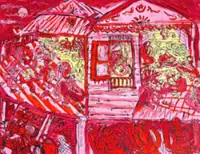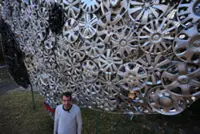Where spaces for discourse are severely lacking and often limited to particular (arts) communities, 'Question And Dancers' offered a framework for dance practitioners and observers to engage in conversation. Photo: AFP
What comes to mind when you think about dance? What are some of the struggles and challenges, old and new, dancers need to overcome? How are young, emerging dancers driving movements in the industry?
While dance has a long-standing value in the Malaysian arts and cultural scene, there is rarely space for discourse for its appreciation, let alone a platform for questions to spur discussions about the industry.





